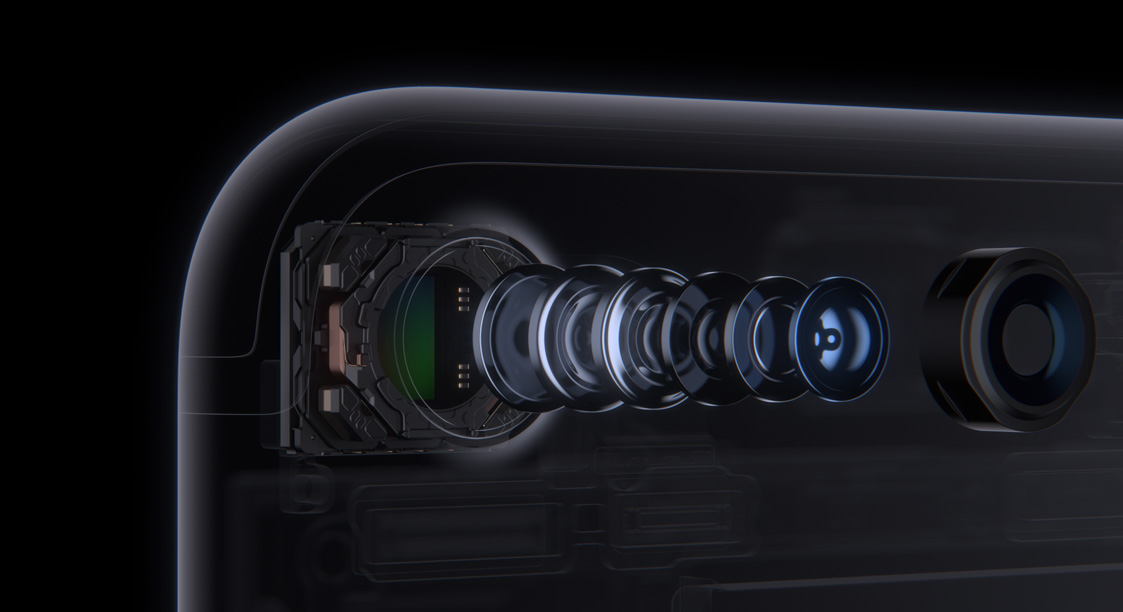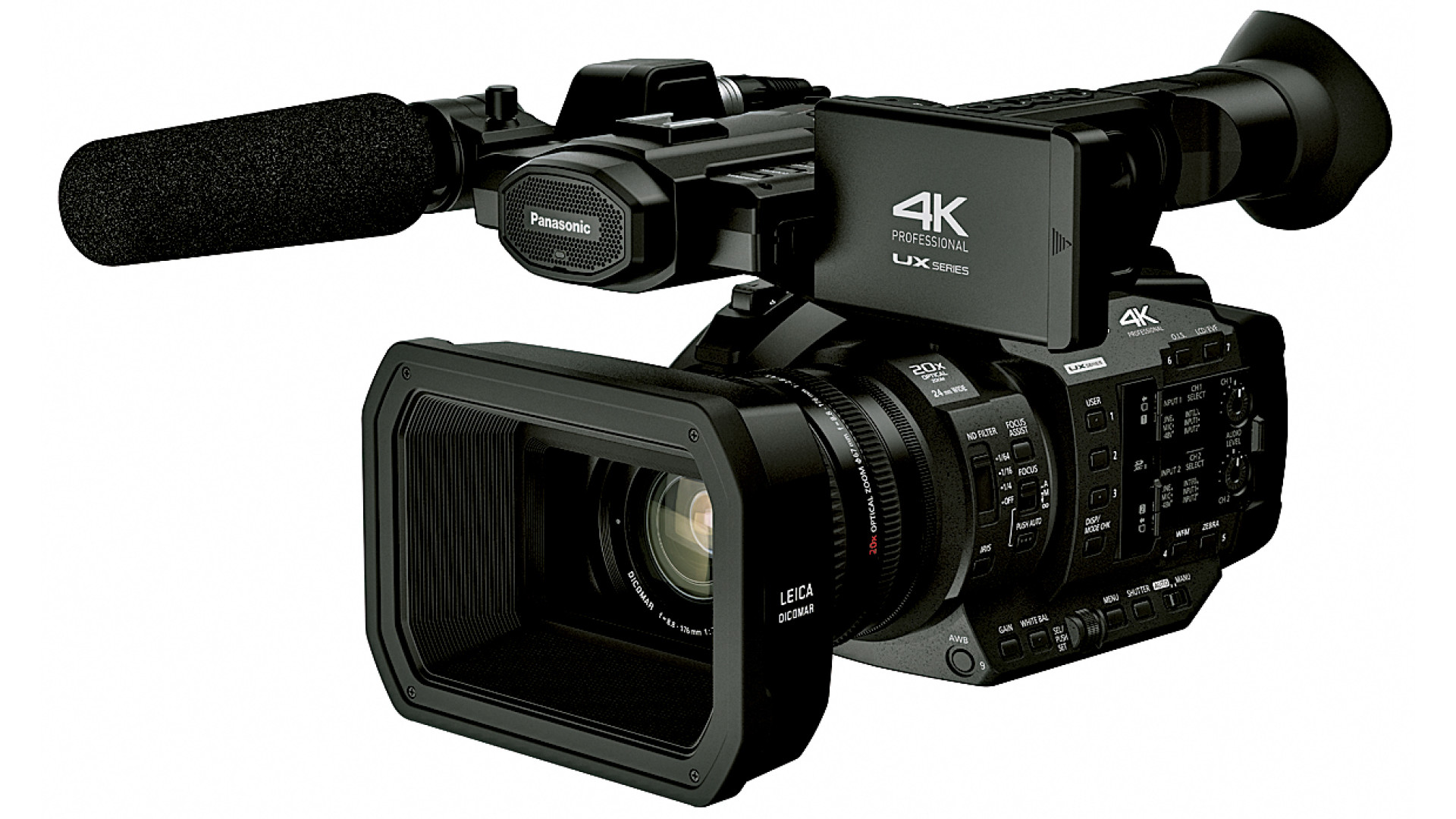For shooters, like everyone else, the move to a cloud-based IP world has enormous implications. Virtually every broadcaster is tapping into large IP data centers to meet their storage and playout requirements. Three years ago, many broadcasters were still hesitant about the IP future — but no more. Even with its vastly improved bandwidth, the 5G pipeline is already full and the pipe isn’t even in the ground yet.
The implications for DPs may not be apparent at first. After all, regardless of the distribution model, our film and video stories must still be imaged in some way, with a camera, lens, lighting and support.
Suffice it to say, most of us are no longer projecting our images on large theatrical screens where chromatic aberrations and other lens defects are magnified many times and often woefully obvious. So why do we need the higher resolving power of today’s priciest, highest-performing optics?
Extending this logic further in this new cloud-based IP world, why do we need much in the way of optics at all? The era of computational photography is well upon us. Just look around at the exquisite, high-resolution images from the lowly iPhone. Its optics can hardly be considered ‘precision’ or ‘high-performance,’ but the resulting images at the end of the pipeline, after processing has taken place in software, are very precise and sophisticated.
The principles of computational photography are evident in many current professional and prosumer cameras that employ an onboard LUT to suppress tracking errors, barrel distortion, and chromatic aberrations. As one example, Panasonic’s low-cost 4K camcorder, the AG-UX180, features an integrated 20x zoom that performs much better than it should for an inexpensive lens of such magnification. This is due almost entirely to the camera’s on-board compensating algorithms. It’s not hard to see, given the increasing power of the cloud, how our images captured on a simple cheap camera will ultimately be processed and completed remotely. It’s a natural extension of what is already happening in the cloud with respect to transcoding, and that’s just the start.
High-end cable outlets like Netflix and Amazon are demanding 4K origination and the highest tech standards, so DPs need to continue providing reasonably finished footage on a professional set. Also, high-frequency artifacts like moiré are notoriously difficult to ameliorate in software, so (to the relief of many shooters) some imaging expertise will still have to be applied at the time of image capture.
This is disconcerting stuff and highly disruptive from a DP’s perspective. Consider the advent of light-field cameras, which will obviate the need for shooters to compose, set exposure, or even set focus, as these most basic parameters will move to the cloud; the DP’s quarter-baked images then are delivered to producers and content creators for ultimate manipulation and finishing.
So what the heck are we doing? Look at the direction of Panasonic’s NAB press conference. It’s no accident that traditional manufacturers like Sony and Panasonic are turning increasingly to large entertainment venues like sports arenas for selling mammoth displays and remote camera systems. The experience of viewing professional sports in a large stadium cannot be (yet) replicated in the cloud through an iPhone or VR headset.
Today, the major broadcasters who once ruled the roost are loath to roll a large truck into a field somewhere to accomplish a simple broadcast, and already we are seeing increasing use of webcams and smartphone footage in news operations. Everyone has the technology now, not just broadcasters and venerable DPs.
In the future, the move away from hardware, especially cameras and lenses, will accelerate, as cloud-based software can respond much more efficiently to the changing requirements of the marketplace. Ultimately, the gear we use to create programming will be an afterthought; the capabilities built into the cloud and delivered via IP are ultimately what will matter most to DPs.
That’s the lesson of NAB 2017. And, for DPs, it’s a lesson well worth learning. The future is in the cloud.


